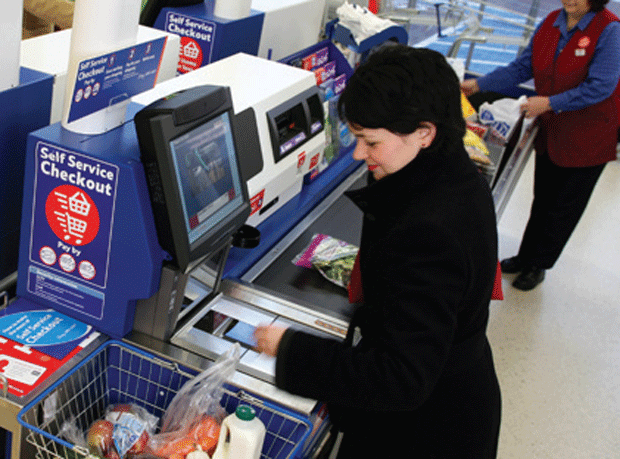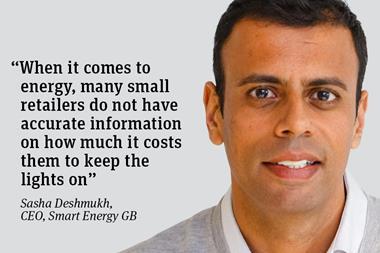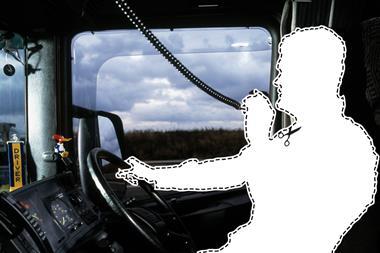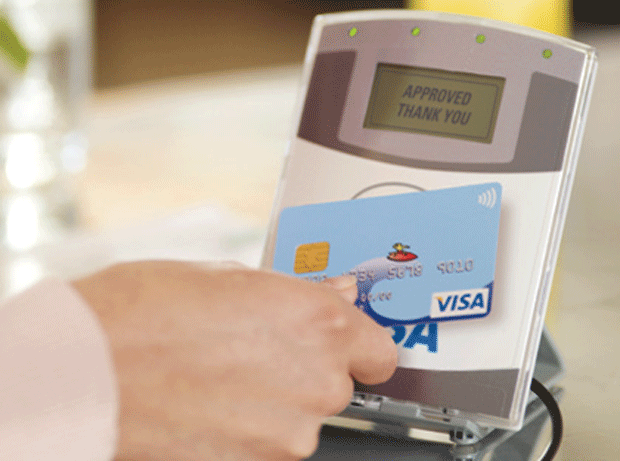
The best service I’ve had in store recently came from a computer - and, if I may say so myself, a very talented service professional. In Tesco, I wandered in, picked up the items I was looking for, scanned them at the self-service checkout, paid and left.
Call me antisocial but I was surrounded by many customers doing the same. Sometimes, you just need to get in, buy something and get out. So it begs the question: in a world of self service, mobile apps, online shopping and next day grocery delivery, what kind of service do customers really need in store?
A better way for customers to spend their time
While Morrisons announce more store closures, Ocado’s online offerings remain strong. But it doesn’t have to be that way. Your stores should be a place where your customers actually want to spend time with your brand. You can make it transactional - or you can make it something that builds meaningful connection, educates them, and makes them more loyal, engaged customers.
Other supermarkets could learn a lot from what Waitrose has done with its Cookery School concept. It offers customers the opportunity to attend in store cookery classes given by trained chefs. This not only brings customer into stores but also means they begin to associate the brand with expertise, rather than just products.
Talented, interested people are better than any shop display or page on a website. Free your staff to show how great they are. But this is only part of the puzzle - they also need the tools to deliver that experience.
Use tech to supercharge your shops
New technology can sometimes be seen as a hindrance, not a help. It’s your job to make your staff feel superhuman. Tech like Microsoft’s Kinect is already being used to map busy areas of the supermarkets to ensure there are enough staff available to help everyone.
There are also tools like RotaGeek that allow staff to sort out and swap online shift schedules, cutting down on time spent during working hours and allowing grocers to give their full attention to the customers.
In both these examples, technology is n’t being used for flashy, superficial or “halo factor” reasons - it’s infrastructure that enables a great customer experience. Make sure your tech is more than just the icing on the cake when customers reach the checkout. , helping to add value at every step of the customer journey.
Improve the experience
There’s only so far you can enhance the customer experience if your in-store offering is just a selection of products to be laid out in front of checkouts. Today, many brands spanning all types of retail are finding ways to offer something more.
On the surface it may be a strange concept to consider, especially when traditional supermarkets and grocers are solely focused on selling goods. But dig a bit deeper and you’ll see there are some great opportunities to offer additional services.
This is already being done with Asda’s instore pharmacies and Waitrose’s Cookery School, which associates the brand with expertise rather than just products. But there are many more ways to make the experience more accessible and valuable for customers. Everything from taste-testing events to personal nutrition sessions present an opportunity to offer customers new kinds of value. In many cases, they are paying with their time - the most important resource they have. But If you can make the time they spend worth their while, customer satisfaction will skyrocket.
We’ve been very fortunate to be involved in projects from retailers like M&S, Waitrose and John Lewis that are making this journey. For John Lewis, the ambition is to take a retailer renowned for its commitment to its ‘Never Knowingly Undersold’ products and turn that level of attention towards its added-value in store and at home services.
This isn’t simply about direct revenue generation, it’s about engagement, the brand and redefining what customers can expect from stores.
This is the future of customer experience.
Glenn Shoosmith is founder and CEO of BookingBug



















No comments yet